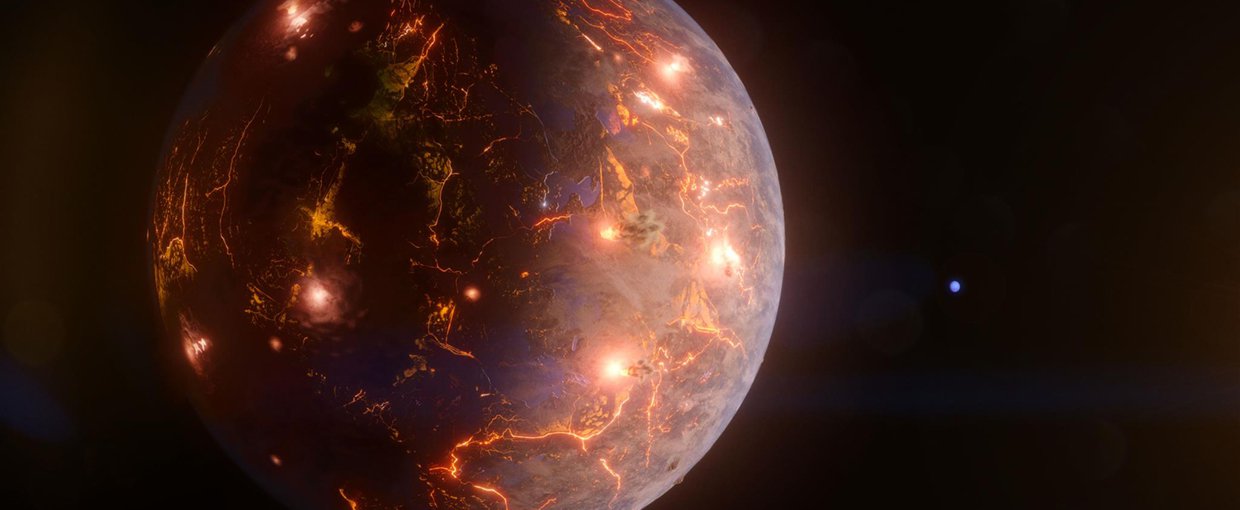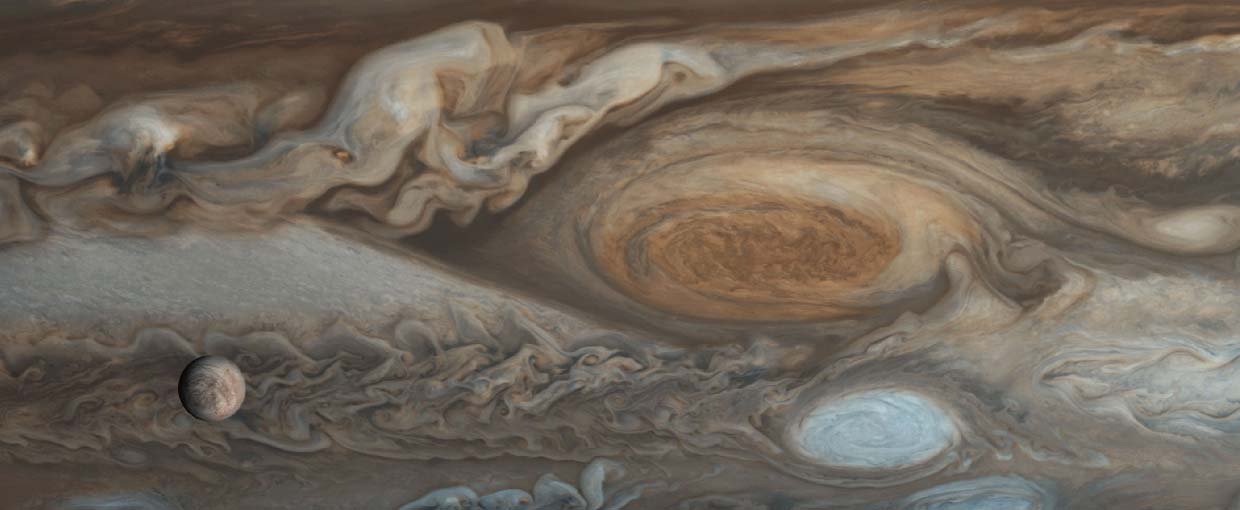Lincowski, A. P., Lustig-Yaeger, J., & Meadows, V. S. (2019). Observing Isotopologue Bands in Terrestrial Exoplanet Atmospheres with the James Webb Space Telescope: Implications for Identifying Past Atmospheric and Ocean Loss. The Astronomical Journal, 158(1), 26. doi:10.3847/1538-3881/ab2385
Lustig-Yaeger, J., Meadows, V. S., & Lincowski, A. P. (2019). The Detectability and Characterization of the TRAPPIST-1 Exoplanet Atmospheres with JWST. The Astronomical Journal, 158(1), 27. doi:10.3847/1538-3881/ab21e0
Powell, D., Murray-Clay, R., Pérez, L. M., Schlichting, H. E., & Rosenthal, M. (2019). New Constraints From Dust Lines on the Surface Densities of Protoplanetary Disks. The Astrophysical Journal, 878(2), 116. doi:10.3847/1538-4357/ab20ce
Zwintz, K., Reese, D. R., Neiner, C., Pigulski, A., Kuschnig, R., Müllner, M., … Talens, G. J. (2019). Revisiting the pulsational characteristics of the exoplanet host star β Pictoris. Astronomy & Astrophysics, 627, A28. doi:10.1051/0004-6361/201834744
Nielsen, E. L., De Rosa, R. J., Macintosh, B., Wang, J. J., Ruffio, J-B., Chiang, E., … Wolff, S. (2019). The Gemini Planet Imager Exoplanet Survey: Giant Planet and Brown Dwarf Demographics from 10 to 100 au. The Astronomical Journal, 158(1), 13. doi:10.3847/1538-3881/ab16e9
Bialas, C., Barnard, D., Auman, D., McBride, R., Jarocha, L., Hore, P. J., … Moser, C. C. (2019). Ultrafast flavin/tryptophan radical pair kinetics in a magnetically sensitive artificial protein. Physical Chemistry Chemical Physics. doi:10.1039/c9cp01916b
Kerraouch, I., Ebert, S., Patzek, M., Bischoff, A., Zolensky, M. E., Pack, A., … Le, L. (2019). A light, chondritic xenolith in the Murchison (CM) chondrite – Formation by fluid-assisted percolation during metasomatism? Geochemistry. doi:10.1016/j.chemer.2019.06.002
Feldman, A. W., Dien, V. T., Karadeema, R. J., Fischer, E. C., You, Y., Anderson, B. A., … Romesberg, F. E. (2019). Optimization of Replication, Transcription, and Translation in a Semi-Synthetic Organism. Journal of the American Chemical Society. doi:10.1021/jacs.9b02075
Rummel, J. D., & Pugel, D. E. (2019). Planetary protection technologies for planetary science instruments, spacecraft, and missions: Report of the NASA Planetary Protection Technology Definition Team (PPTDT). Life Sciences in Space Research. doi:10.1016/j.lssr.2019.06.003
Putirka, K. D., & Rarick, J. C. (2019). The composition and mineralogy of rocky exoplanets: A survey of >4000 stars from the Hypatia Catalog. American Mineralogist, 104(6), 817–829. doi:10.2138/am-2019-6787



